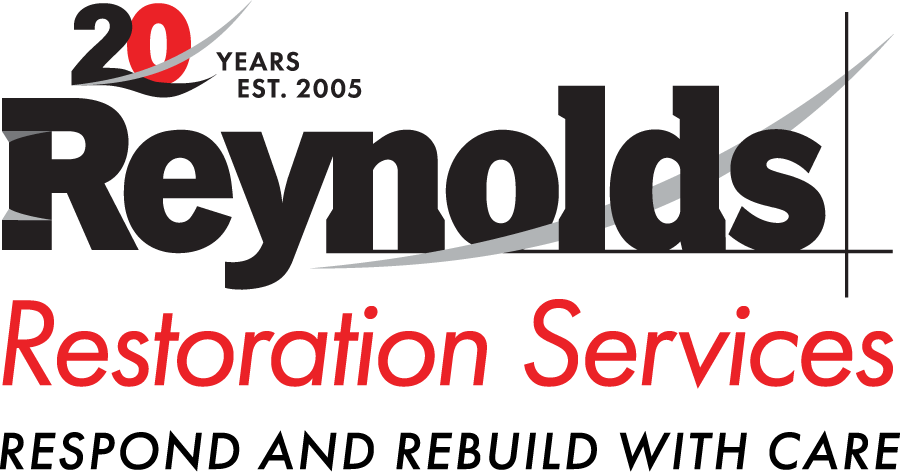Reynolds Restoration President, Anthony Worrall, was featured on the Central Penn Business Journal Insights blog. This weeks post, “1,000 Year Rainfall Events Have Occurred: Time to Talk Emergency Preparedness” went live on October 19, 2015.
INSIGHT BLOG POST #2:
In the wake of what has been referred to as a “1,000-year rainfall” event that occurred in the Carolinas over the past week, restoration and recovery efforts from flood damage have made headlines (this event is defined by The National Oceanic and Atmospheric Administration as a rainfall that has a 0.1 percent chance of occurring in a given year). The damage in South Carolina alone is estimated to total at least $1 billion. This enormous rain storm marks the sixth of this magnitude in the United States in the past five years. Many of you will recall the devastating effects and major flooding events in the capital region from one of these six storms: Hurricane Irene in 2011.
A home or business is usually a person’s largest investment, and adequately protecting that investment in today’s seemingly unpredictable weather pattern is critical. Immediate concerns of a property owner are often whether or not the damage will be covered by insurance and whether or not to live/work in the property in the interim. Typically, flood insurance is only attained by those living in a designated flood plain. However, it is important to note that flood insurance is also offered to those outside of the flood plain as well, and it is a critical component of any strategic disaster, emergency preparedness or business continuity plan.
There are four components of a comprehensive emergency preparedness plan: 1) preparation, 2) response, 3) recovery and 4) mitigation. In the event of a flood, preparation is critical on the front end to ensure a coordinated response throughout the emergency occurrence and coverage for items not salvageable. Recovery begins when the water recedes. What follows is an effort that will include stripping out unrecoverable contents, drying out what is recoverable, and the restoration of what is left. There are many challenges faced throughout the recovery process — notwithstanding the ability to secure and access essential resources necessary to restore the property to safe and livable conditions.
The best way to protect your investment and to mitigate the multitude of challenges that flood victims will face is to assemble a comprehensive disaster, emergency preparedness or business continuity plan. If you don’t already have a plan in place, a restoration contractor is a good resource to develop a plan that works for you.
Be on the lookout for more Restoration insight every month.

President of Reynolds Restoration Services. Over 20 years of experience in the emergency restoration industry.

